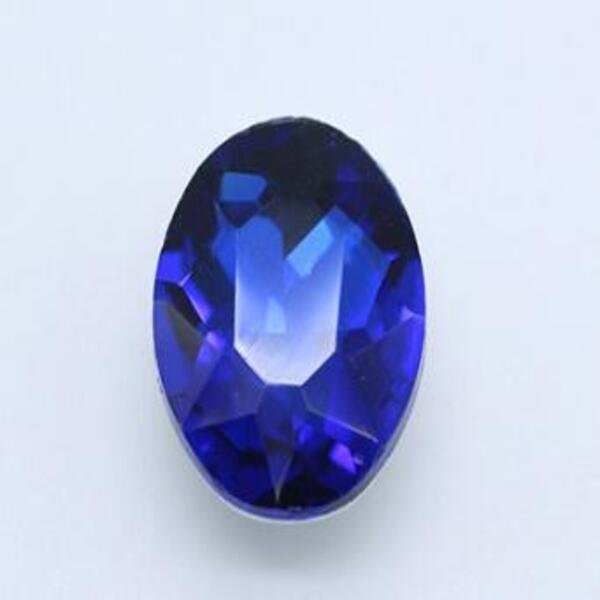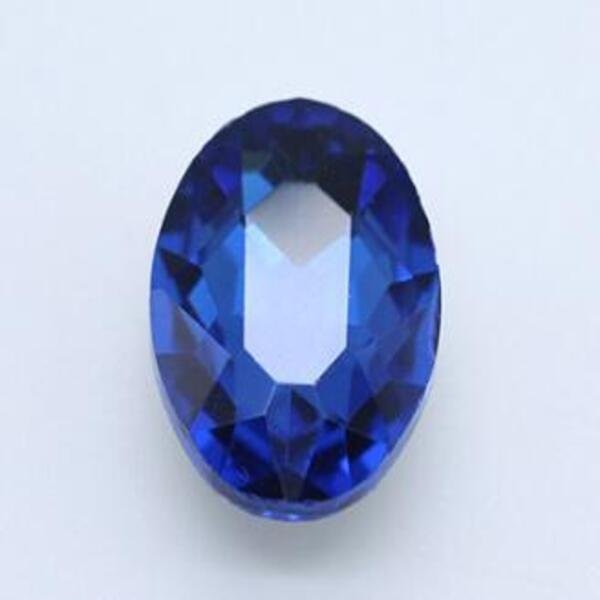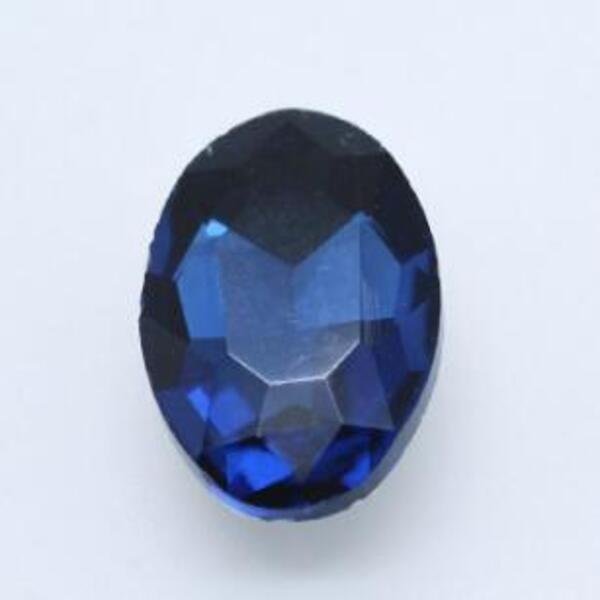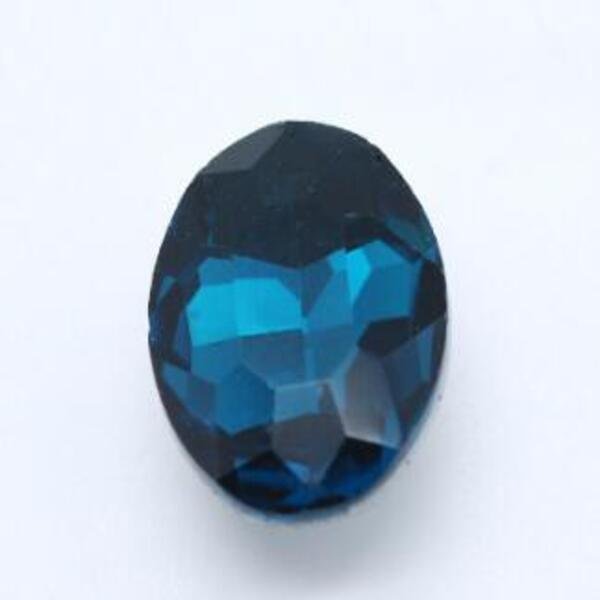Description
Glass Gemstone Tanzanite, Baguette Shape
The use of glass gemstone has been used in jewellery for many years. The glass is flaky and ordinary; it is white with very little shine. However, adding some features to the glass gemstone can make it more bright, lively, and long-lasting.
The quality of Glass gemstones is measured on the different aspects like cut, clarity, color and carat. Carats specify the gemstones’ weight as their densities depend on the final size per carat. The cut defines the shape of the glass gemstone. You can get them in any shape to fit your jewellery, be it a necklace, ring, earring or anything else. Clarity means if there is a flaw in a stone; for example, a piece of jewellery of glass tone with fewer flaws defines the perfection of the gemstone. Lastly color, it is set according to the gem species. For bolder colours and jewellery, you can consider loose opals, sapphires, rubies, or turquoise stones.
On https://www.syntheticgems.org/ you can explore a wide selection of glass gemstones for different cuts, colors, or carats for the jewellery you want to have. Select the glass gemstone according to your preference, and we will match your needs & specifications. Shop on https://www.syntheticgems.org/ and enjoy great deals.
Many glass gemstones are sensitive to heat but they offer an aesthetic appeal unavailable from tougher objects. There’s so much more you need to know about these gems and what they have to offer.
In this article, you’ll get all the details about origins, uses, and maintenance tips of several high-quality glass gems for jewelry and other purposes.
History of Glass Gemstones
Glass has featured as a decoration, item of religious worship and much more throughout civilizations in history. However, glass gemstones became much popular from the mid-twentieth century due to their physical appeal and low cost.
Many mid-range jewelers feature several glass gems on their products since the 1970s and still provide different options to buyers.
What is the process of making glass gemstones?
A natural glass such as tektite or obsidian is formed when lava rapidly cools without crystallizing. Other natural glass gems, such as tektite, are also formed by the rapid heating and cooling of meteorite-grade elements.
Despite this, most glass gemstones are man-made and rarely contain entirely natural components. Compared to other precious objects, these gems do not require refining or enhancement after formation.
A colored glass gemstone is typically formed when lead is added to its composition in order to enhance its existing characteristics. Added elements contribute to some of the most noticeable features in glass gems, such as dispersion and refractive index numbers.
The uses of glass gemstones
The following are some of the uses of glass gems:
- Gemstones that are loose for exhibition,
- Window or glass detailing on luxury homes
- Luxury lighting, chandeliers, side wall pieces, and more can be enhanced with centerpieces or additional effects
- Musical instruments, jewelry, art pieces, etc., adorned with ornaments.
Due to their fragility, glass gems are ideal for these purposes and not much else. The structure of these gemstones can be permanently damaged if they are used for any purpose other than decoration.
The chemical properties of glass gemstones
- Mohs Hardness: 4 – 6.6
- Specific Gravity: 2.39 – 4.00
- Fracture: Conchoidal
- Refractive Index: 1.48 – 1.70
- Optical Character: Isotropic
- Color (General): Various, play of color
- Causes of Color: Yellowish green, Fe2+ in octahedral coordination, Brown Fe3+ in octahedral coordination
- Transparency: Transparent, Translucent, Opaque
- Luster: Vitreous
- Fluorescence: (Short Wave UV) Strong and chalky fluorescence is common
- Crystal System: Amorphous
The most popular glass gemstones
- Alexandrium™
- Aurora Borealis
- Cat’s Eye Glass
- Chatons
- Cristinite™
- Faience
- French Jet
- Goldstone
- Laserblue
- Opalite
- Paste
- Rhinestone
- Scorolite
- Sea Glass
- Slocum Stone
- Strass
- Uranium Glass
- Victoria Stone
Tips for maintaining glass gemstones
In order to maintain their shine, brilliance, and overall appeal, glass gems require regular maintenance. The method of maintaining a glass crystal depends on a number of factors, so it makes sense to seek advice before you begin.
The following methods can be used to clean and maintain glass gemstones:
- Apply a dry cloth to its surface and gently polish it,
- The surface of the item should be cleaned with a liquid soap and water solution before rinsing and allowing to air dry.
- It is recommended that the product be stored in an airtight, cushioned container that is free from dust, humidity, and other elements,
- Cleaning and storing after soaking in a vinegar and baking soda solution for 10 minutes
Keep your glass gemstones in top condition by consulting your jeweler. It is possible that some elements in these gems may react poorly to certain maintenance tools and result in irreparable damage.
Additional information
| Size | 10x5mm, 10x8mm, 11x9mm, 12x10mm, 12x6mm, 12x8mm, 14x10mm, 20x5mm, 3x2mm, 4x2mm, 5x3mm, 6x4mm, 7x5mm, 8x6mm, 9x7mm |
|---|








Reviews
There are no reviews yet.